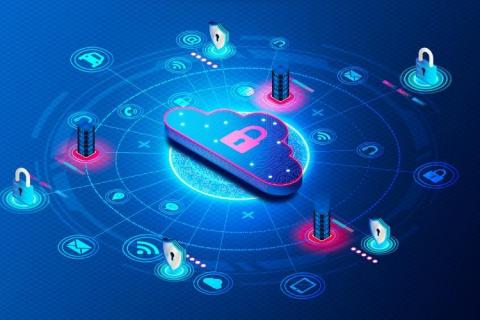3 Ways to Reduce Your Security Operations Centre Costs
A typical security operations centre (SOC) has three core costs: People, data and tools. The total cost of these will vary dramatically based on factors like how many endpoints and users are in your environment and the number of SOC team members you need. Various SOC cost calculators available online put the cost of building a SOC for a 1000-user environment at upwards of £2 million per annum.











